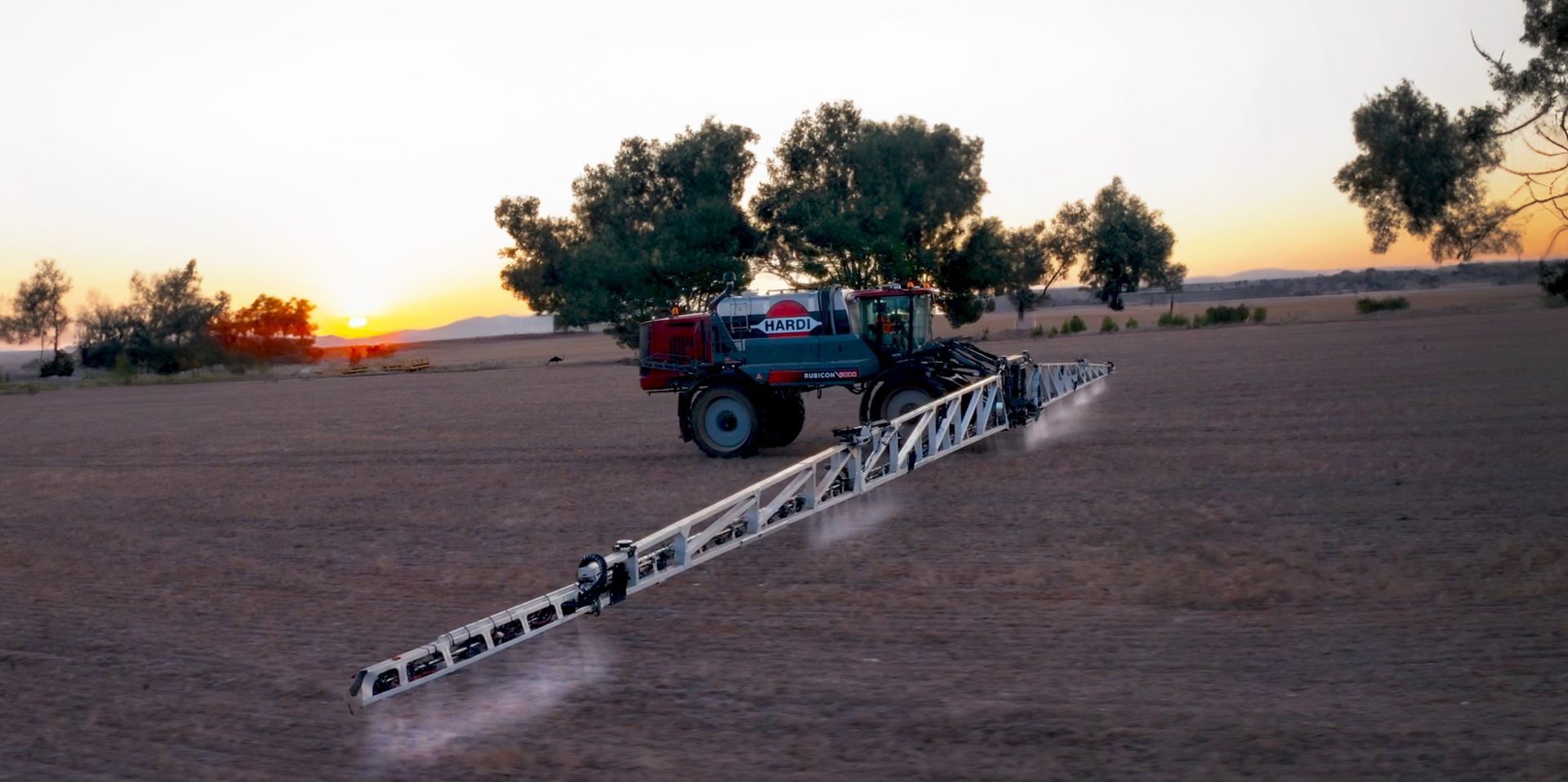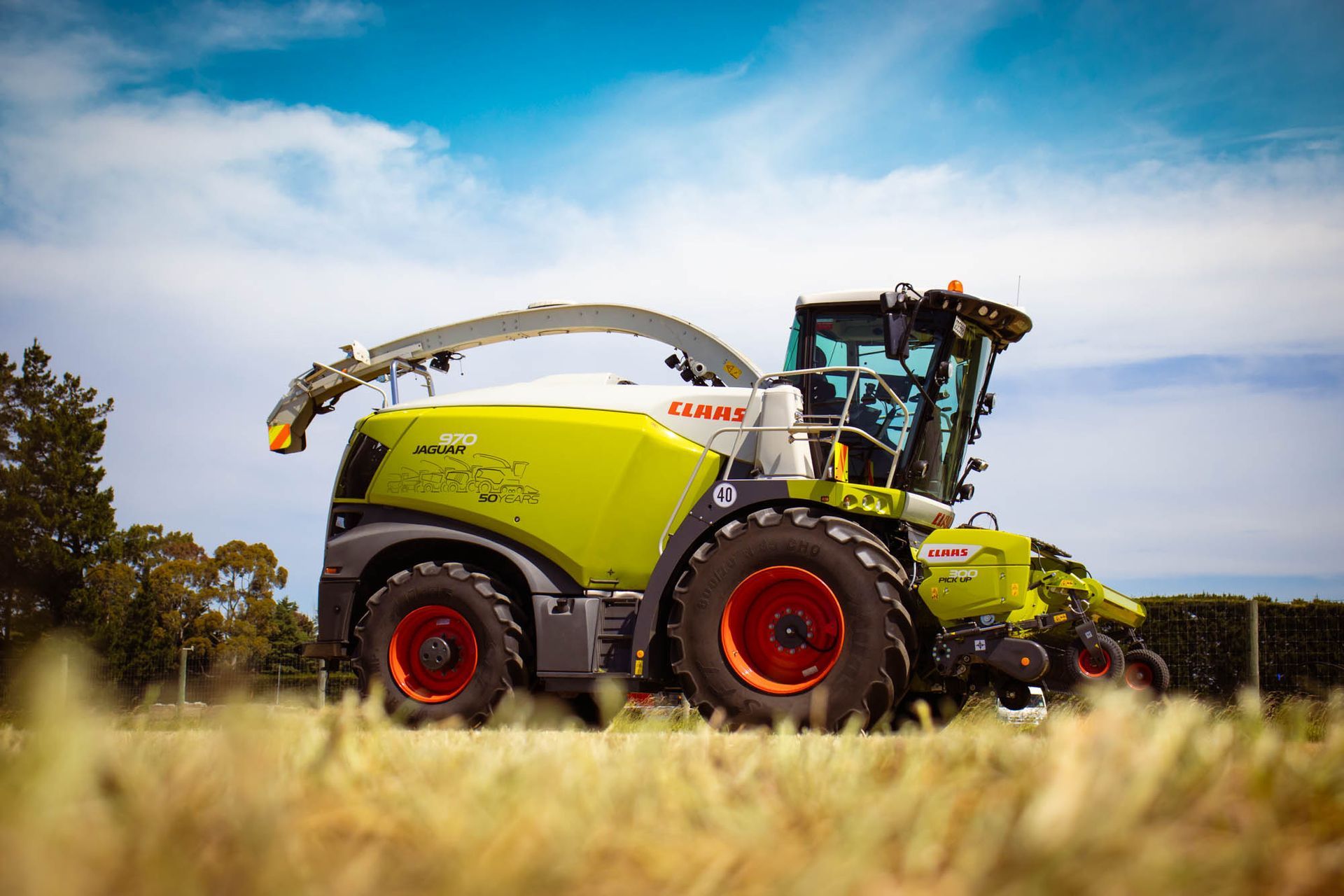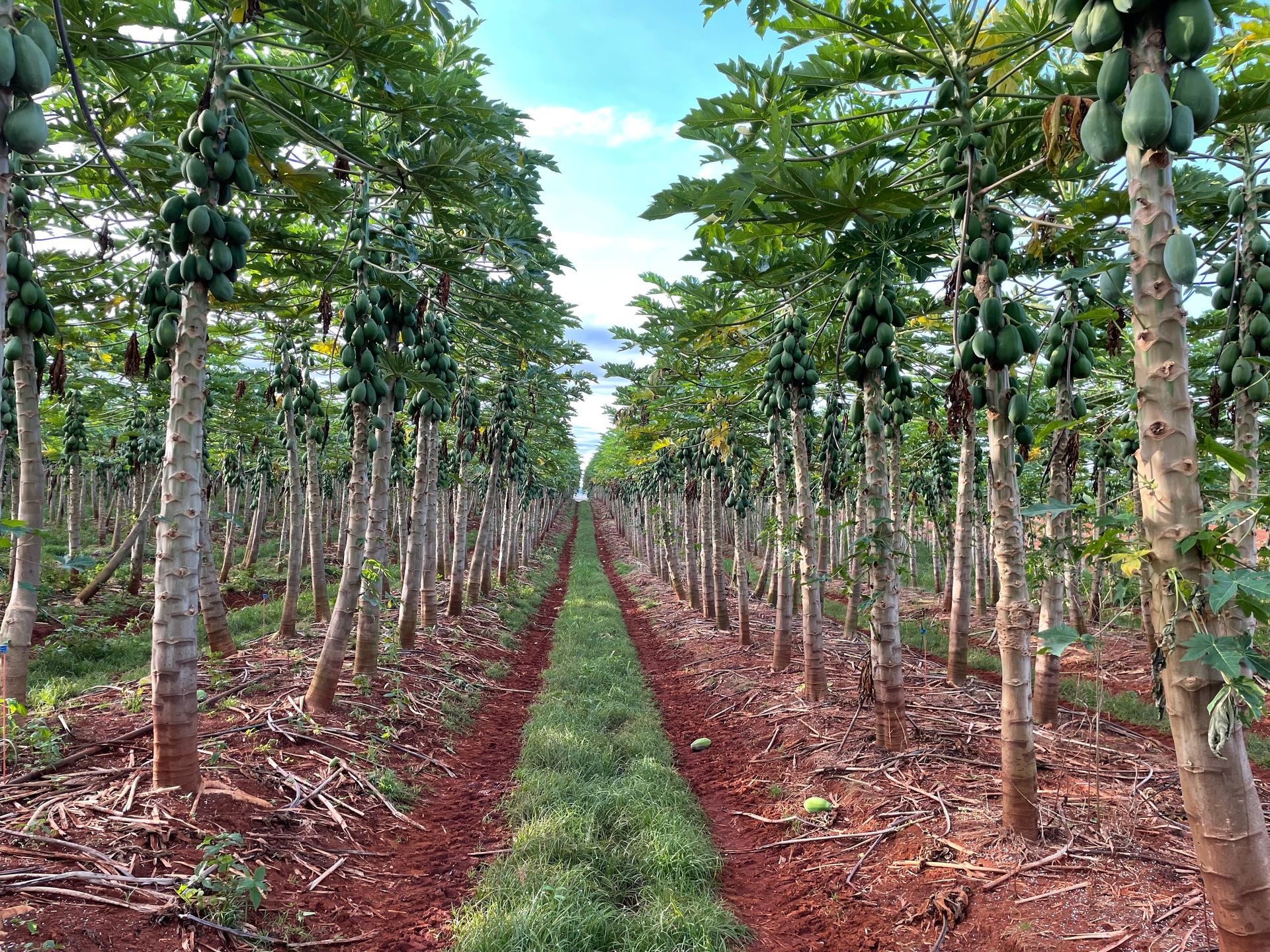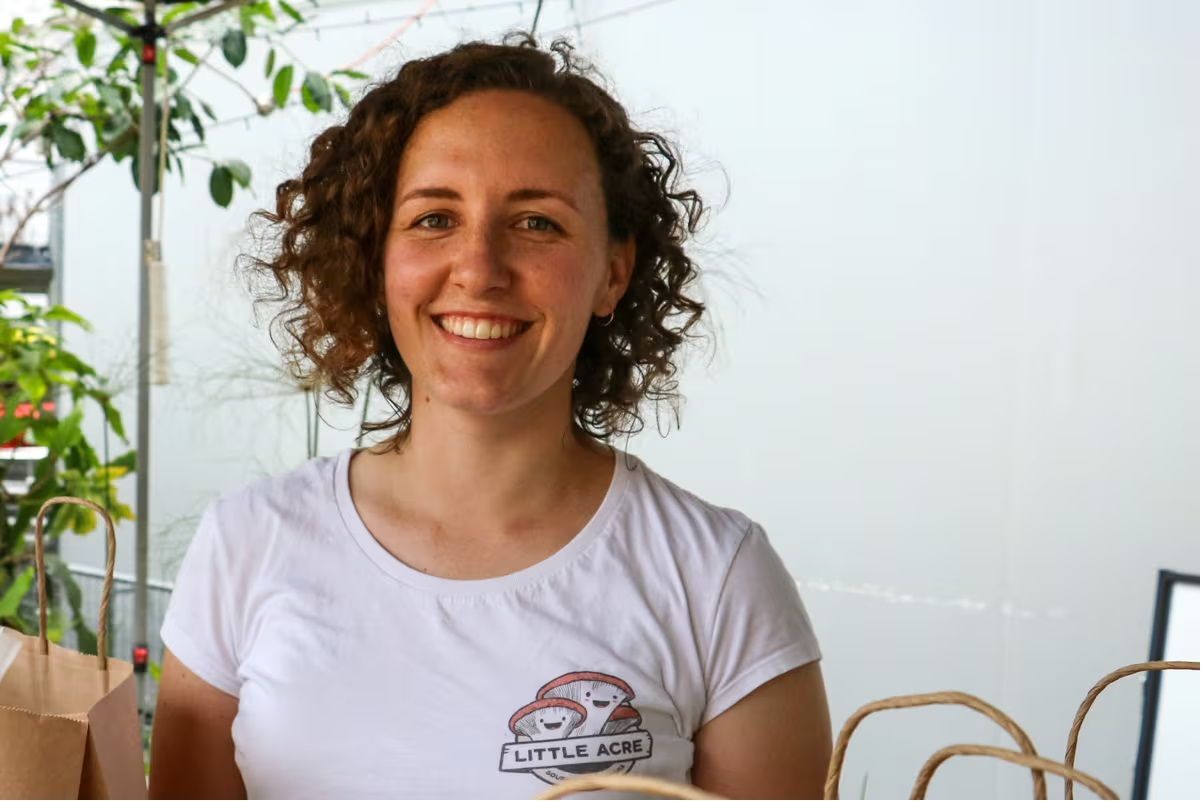Delivering Peace of Mind
MGA Insurance has been a leader in risk advice for almost 50 years, pioneering a highly successful partnership model of local portfolio managers across the farming sector.
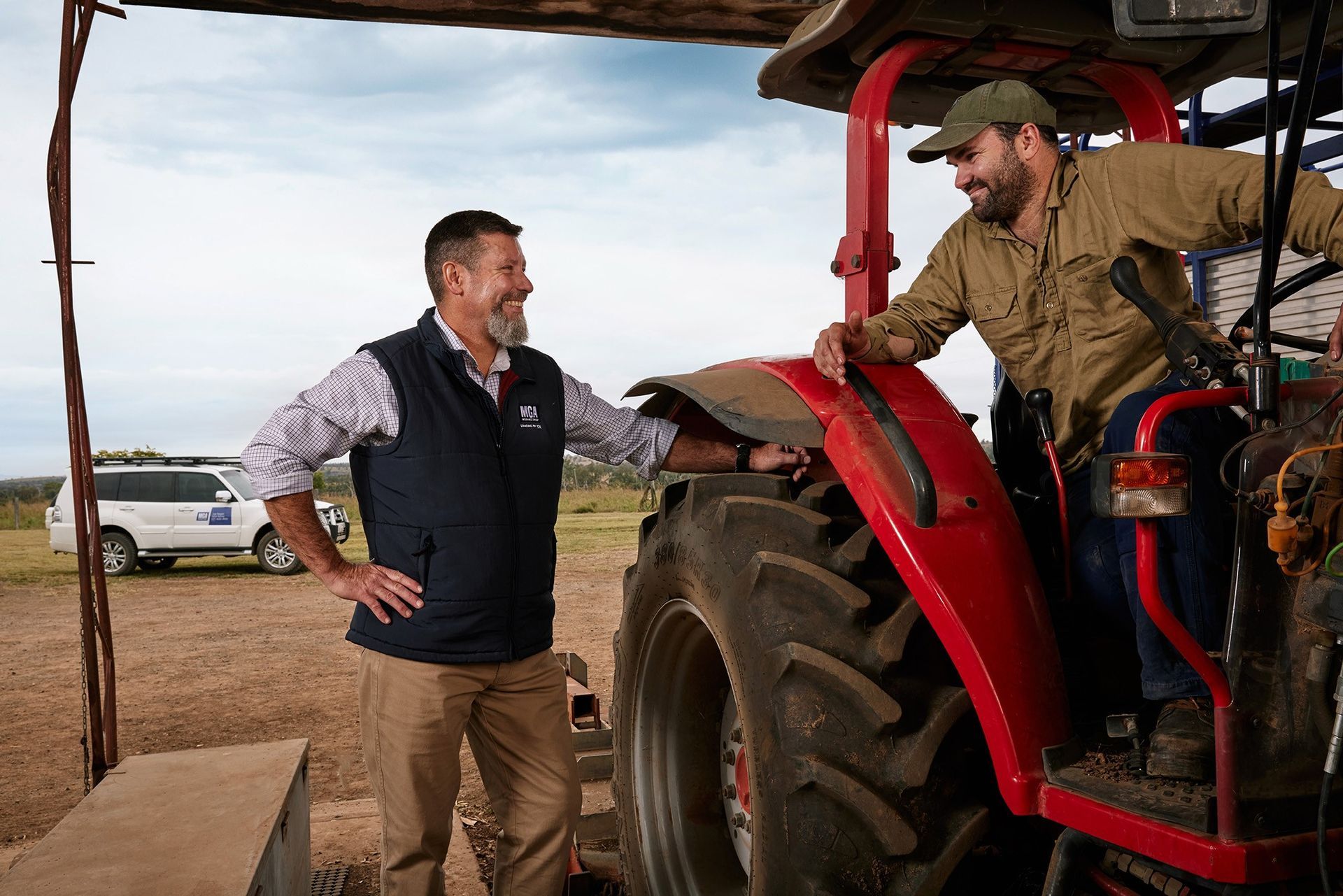
It began with conversations around the kitchen table recognising the need to provide insurance products catering to the needs of individual farmers, then quickly grew as a business in the spare room of John George’s Adelaide home.
Almost 50 years later, the MGA Insurance Group is among Australia’s top insurance brokerages with more than 70,000 clients and an extensive branch network across regional Australia. In 2022, MGA announced an annual gross written premium of about $300 million across the agricultural, business, and strata protection sectors.
MGA’s success continues to grow from Chairman John George’s original blueprint – putting local brokers in the paddock, partnering with farmers to streamline their insurance needs, and simplifying the entire process for MGA’s clients.
“It comes back to how our people form partnerships with clients to develop the best insurance outcomes that give clients certainty and peace of mind,’’ says John’s son Paul George, now managing director. “It’s about always putting the unique needs of the client first.”
Risk is a normal part of life and can be mitigated by thoughtfully planned insurance that responds to the good times and not so good times – a global pandemic, international market volatility, and the ongoing issues around climate change.
MGA’s advisors are on the ground to partner with farmers to broker an insurance policy that suits their individual complexity and regional location – be they broadacre farmer, orchardist, hobbyist, vineyard, or cattle station.
They’ll also advise on farm management liability, an increasingly claimed for class of insurance that covers you for the day-to-day management decisions you make. Common claims under Management Liability Insurance include: unfair/wrongful dismissal, discrimination, and harassment; defamation by directors/officers; and statutory fines and penalties (OH&S).
They also provide other covers, such as public liability, heavy motor, business interruption, farm continuation costs, transit insurance, accident and illness insurance, and many more.
When it comes time to claim, farmers can feel confident that their MGA broker understands the processes and knows how to get the best result for their client. “No single insurer offers the best products for all classes of business, which is why our local partnerships will tailor the best insurance programs from a wide selection of specialist insurers, often with more than one insurer involved,’’ says Paul.
With the market for farm insurance hardening as a result of global conditions and issues such as climate change, brokerage firms must work harder to offer the right cover to their clients, which means becoming advocates for their clients’ needs, and this is exactly what MGA prides itself in doing well.
MGA Farm Insurance offers peace of mind.
- Simplifies coverage for your unique enterprise
- Local portfolio managers on the ground
- Brokerage with a focus on farm sector and location
- Client-first approach for best insurance outcomes
- Tailored farm liability management
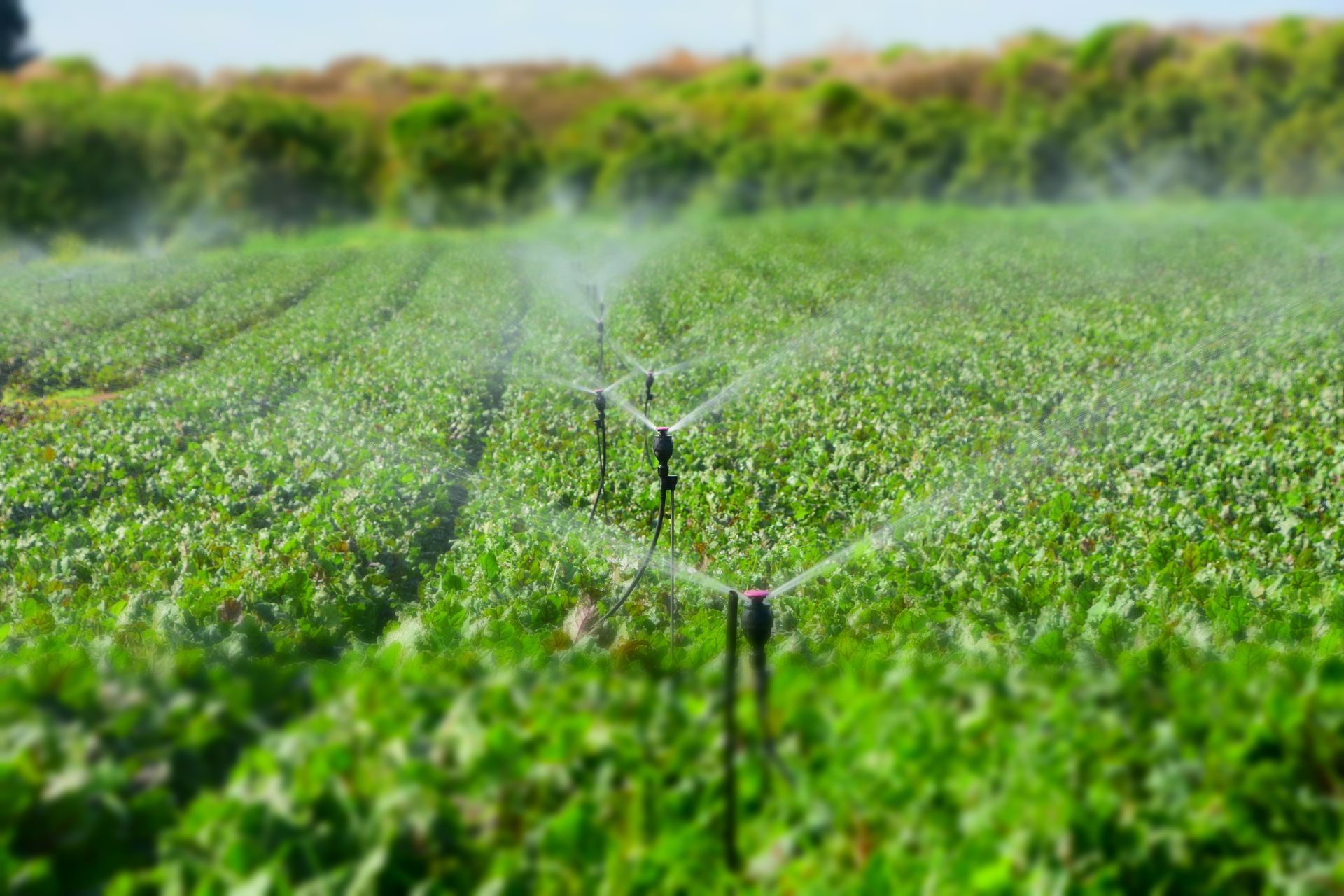
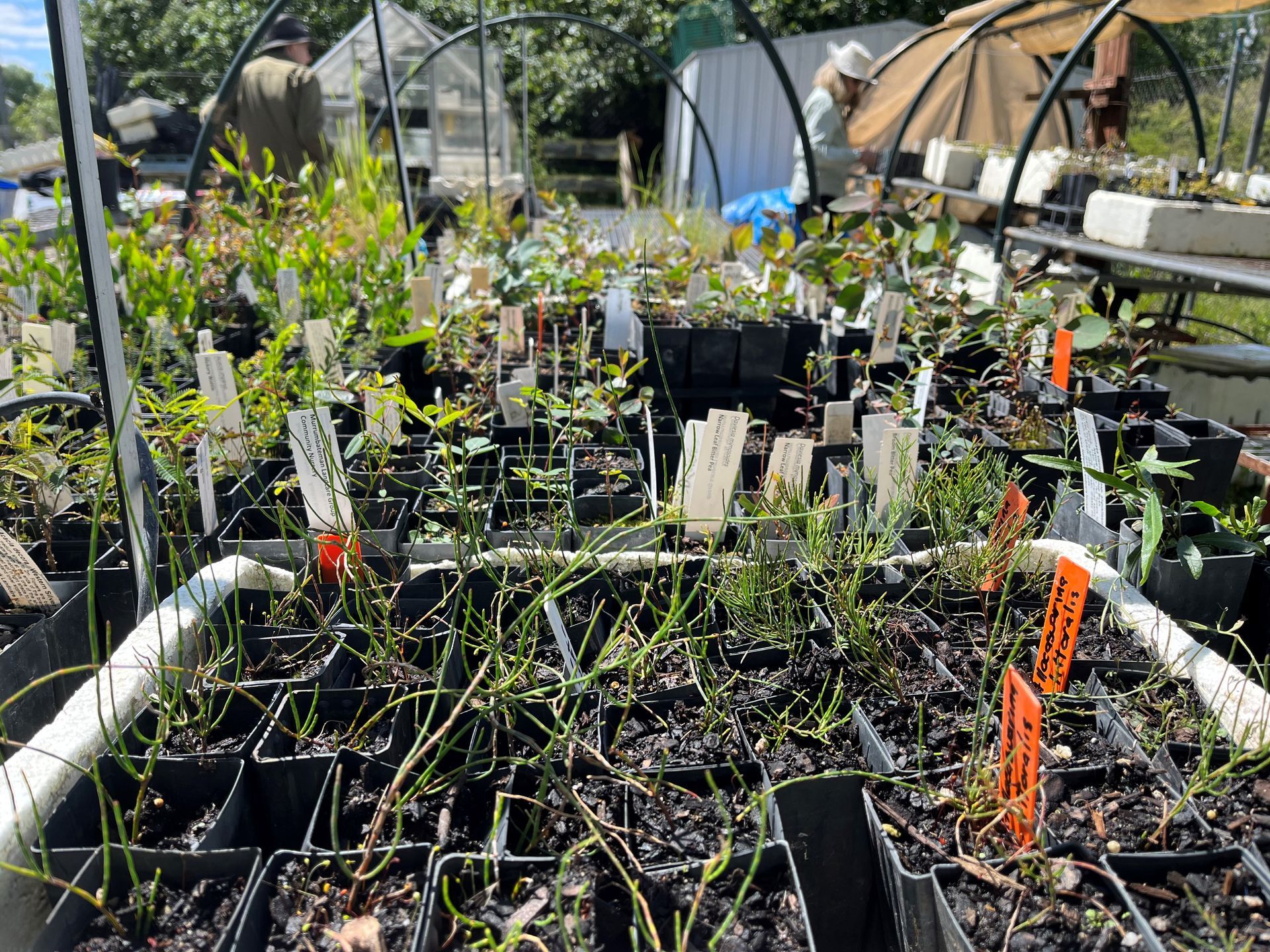
A selection of The Australian Farmer Sponsors - Click on a banner below to find out more...

